Creating Winning Brands within the Complex Alcohol Proliferation Environment
By Greg Wells, Strategy Consulting Director
The alcoholic beverage category is facing some formidable challenges. Worldwide, there is decreasing overall sector consumption, as well as changing attitudes and dynamics as Gen-zers come of drinking age. However, within these behavioural and cultural changes, there are also opportunities for brands to stand out.

Illustration by Gabriella @ STORMBRANDS
Counter-intuitively, against this backdrop, the alcohol sector is enjoying an ever-growing proliferation with multiple retailers and specialists carrying a vast amount of SKUs (Morrison’s, Tesco, Sainsbury’s, Waitrose, Majestic) and, often on promotion. Now there are a plethora of options which can easily take up a quatre of your local corner shop. In more recent years, this has expanded even further to RTDs, CBD infusions, and low/no variants. This bombardment of choice makes us consider, what SKUs brands and formats are working? What are the thresholds and changes at range review times? How does this influence brand, mar-comms, and trading strategies?
Each offering can follow an array of brand strategies, from ultra-premium, premium to value for money, taste, flavours and ingredients, heritage, provenance, process, occasions, environmental and social plays – and we’ve not even mentioned the influence of pairings and mixer yet!
Of course, where there’s a success there is also a failure. For every Jack Daniels Honey and viral success stories like Brewdog’s Aldi IPA, there are notable brand mar-comms failures like Heineken’s gender stereotype fail or Smirnoff’s rebel without a cause. Even worse are the examples of corporate (brand) governance and hypocrisy tainting limited-edition product launches just like the Brew Dog Pink IPA fail.
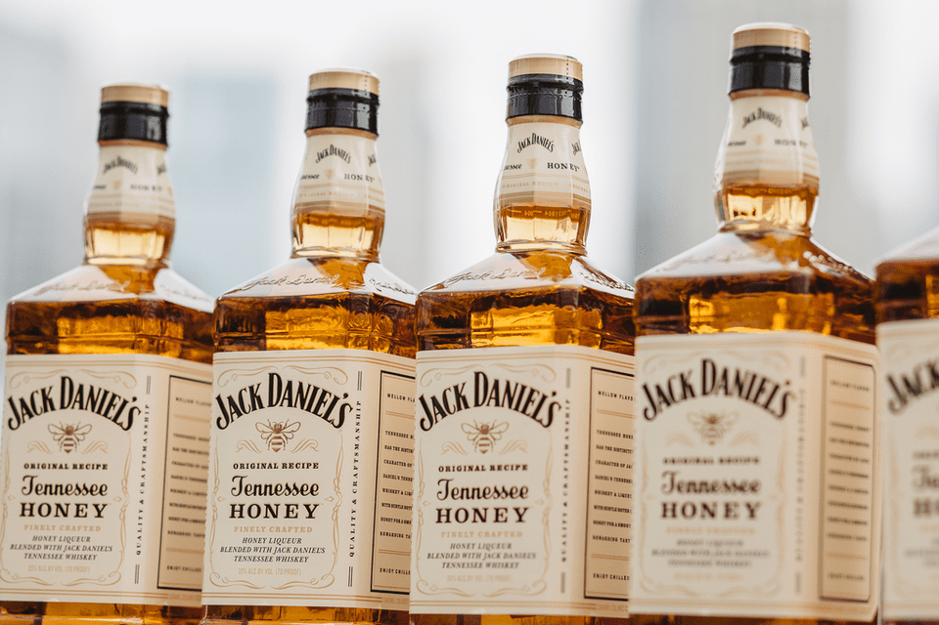
Figure 1 Perfect Timing and Taste Profile for Millennials, Photo via Jack Daniels
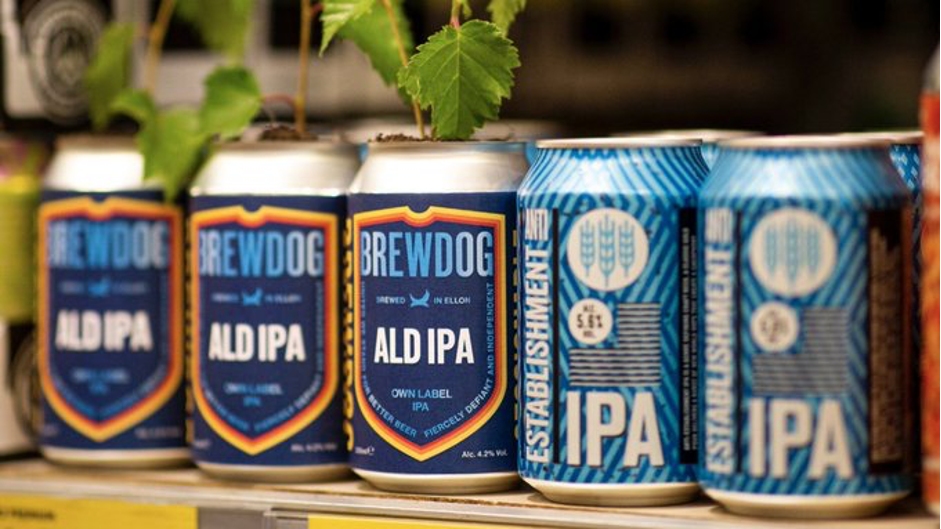
Figure 2 Imitation Games, Photo via Brewdog Twitter
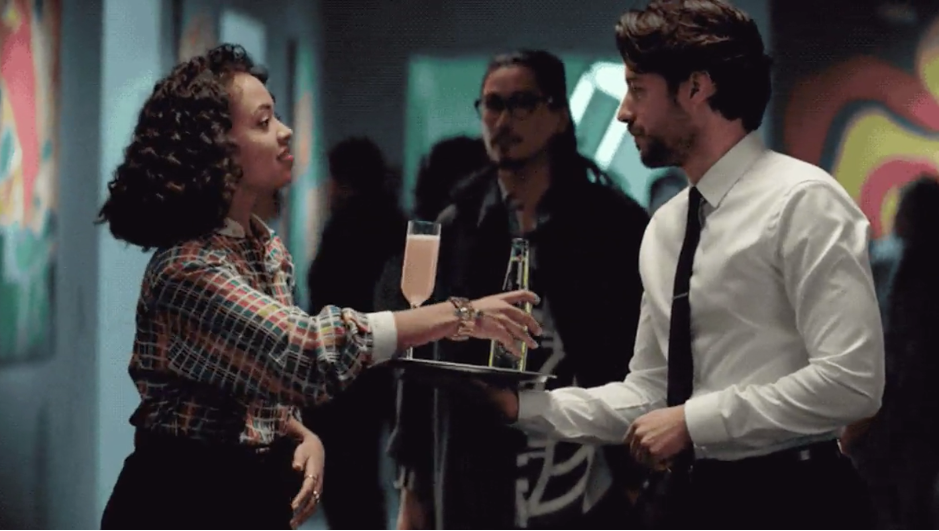
Figure 3 Gender Boundaries, Photo via Heineken
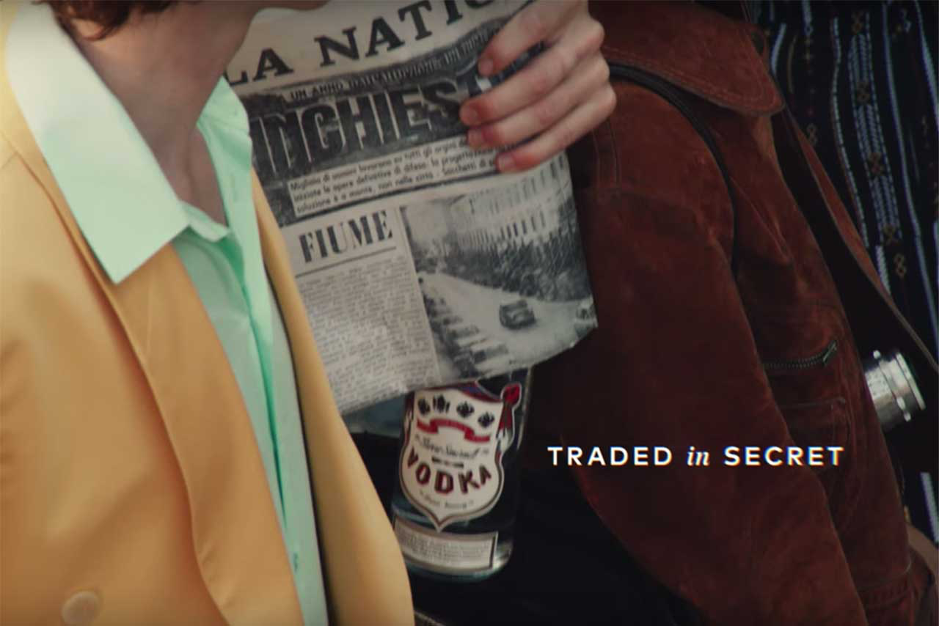
Figure 4 Too Beautiful to be Trustworthy, Photo via Smirnoff
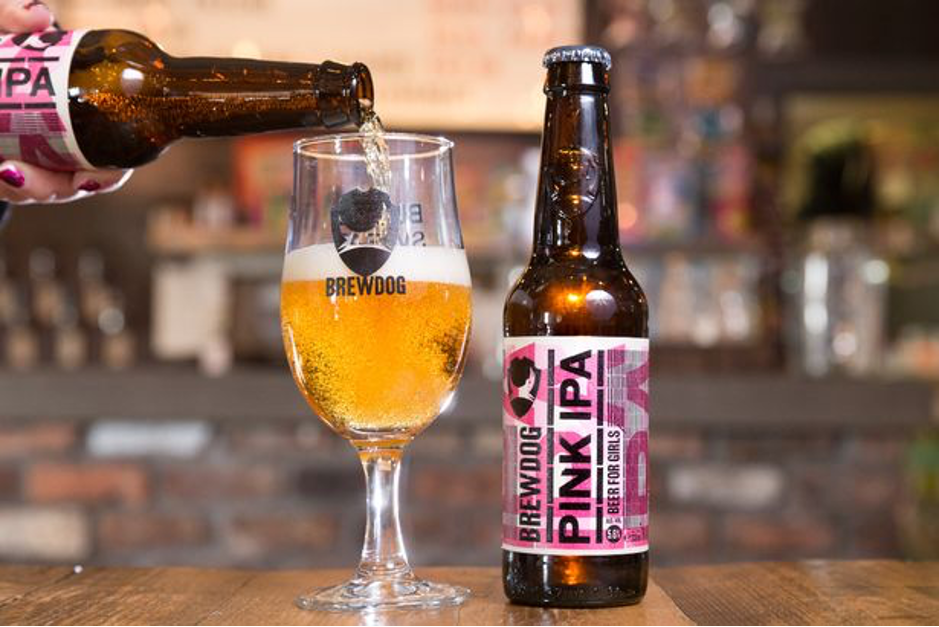
Figure 5 Overplayed an already Muddied Hand, Photo via Brewdog
Evolving business models and routes to market are ever-growing:
• e/mobile commerce
• direct to consumer
• subscriptions
• member clubs
• the demise of on trade accompanying growing off-trade
• convenience retailing (hyper-accelerated by COVID)
• growing or looming market regulations
• macro trade dynamics
These can create trading challenges and opportunities for manufacturers. Some of the marketing departments of certain alcohol companies have an established brand-building approach whereas others have broadly adopted one ‘du jour’, e.g. Byron Sharp, How Brands Grow, others ‘cowboy’ brand and marketing development. Some ask highly critical questions about their industry: How to save on trade e.g. repurpose the pub? How to get certain consumer groups to switch from one form of consumption behaviour to another?
What makes a brand successful in this mix (pardon the pun)? Is it cultural relevance? Ultimately creating commercial value?
At STORMBRANDS, we don’t believe in a one-size fit all approach to answering those questions. Whether it’s creating brand strategies, design and mar-comms solutions for winning in the alcohol proliferation environment or other sectors.
So, what’s our advice? First, it’s about understanding the context you are operating in and/or could operate in. What are the target consumers’ culture, behaviour, and functional and emotional needs? What are the current category and competitive trends? What are the trading dynamics, environment and routes to market? Next, we need to establish the greatest opportunity for growth within this context - think Ansoff matrix. Then, build a brand and marketing strategy and model around that, ensuring that you can substantiate it and deliver without issue. Then define your brand design system and mar-comms in response. This should result in optimised commercial success opportunities. #brandstorming







